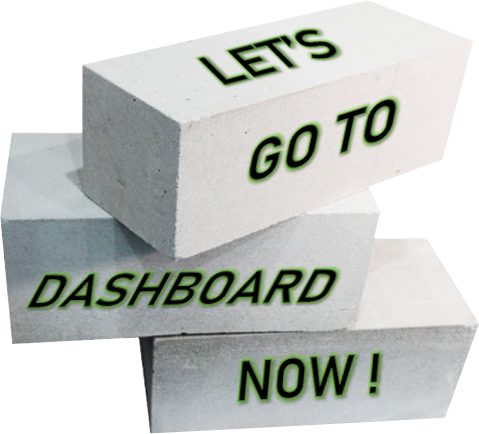
The Bureau of Energy Efficiency (BEE) developed the Eco Niwas Samhita (ENS) as a building energy code to be adopted by residential buildings in India.
The Eco Niwas Samhita, Part – I Building Envelope (Energy Conservation Building Code for Residential Sector) is developed and launched on 14th December, 2018 on the occasion of National Energy Conservation Day by Hon’ble speaker of Lok Sabha and Hon’ble Minister of Power, New & Renewable Energy.
The code has been developed with special consideration for its adoption by the Urban Local Bodies (ULBs) into building byelaws. It was launched to push for energy efficiency in the residential sector. The code aims for promoting design and construction of homes including apartments and townships to give the benefits of energy efficiency to the occupants.
No, ENS is specifically focussed on residential buildings
ENS Part-1 focusses on the building envelope (walls, roofs and windows) while ENS Part-2 focusses on Code compliance and Electro mechanical and renewable energy systems
In many Indian states, ENS is gradually becoming mandatory. It is not yet made mandatory in India, but it is in the process of being implemented. ENS is already being phased into building codes. As a result, using ENS in upcoming projects is a wise decision for building owners and professionals.
It is recommended to comply with both part-1 and part-2. However, since ENS adoption is in its early stages, compliance to either part-1 or part-2 is also acceptable until adoption becomes a mandate in the respective state.
If your building is a commercial building with a connected load of ≥ 100 kW or a contract demand of ≥120 kVA, ECBC has to be followed. However, ENS is applicable to all residential buildings and residential parts of ‘mixed land-use projects’, both built on a plot area of ≥500 m2. However, states and municipal bodies may reduce the plot area based on the prevalence in their area of jurisdiction.
Yes, they are available for free download. They can also be found on the Home page of this platform.
Before submission to the ULB
No, the code does not directly provide a list of building materials for compliance. However, it mentions certain performance parameters (like U-value, SHGC etc) that one should consider while selecting the building materials.
The code is also applicable for all additions made to existing residential buildings (i.e renovations) where the existing building exceeds the threshold defined in section 2.2 of the ENS-Part-2 code book. [ It states that the code applies to – (1) Residential buildings built on a plot area of ≥ 500 m2 (2) Residential part of Mixed land-use building projects, built on a plot area of ≥ 500 m2.
For this purpose, the addition together with the existing residential building is required to show compliance with ENS-Part2 code with the authority having jurisdiction.
This platform provides guidance for self-evaluation of ENS for users and building owners. You can refer to various resources and empower yourself with compliance knowledge. However, having an Architect with ENS knowledge on board is recommended so that appropriate building design methods that are applicable to your climatic condition are implemented in your structure.
No, to make the process easier and to enable building owners to adopt energy efficiency in buildings, the Bureau of Energy Efficiency has launched multiple tools to do quick calculations and provide short compliance reports. However, it is encouraged for professionals to dive deeper into implementing appropriate design strategies through the use of simulation software if possible.
The user can find construction material properties from suppliers and test certificates. If they are not available with manufacture/vendor/supplier you can refer appendix of the ECBC for commercial buildings and that provides default values.
This platform facilitates the certification process that is developed by BEE.
Yes, the list of professionals can be found under the RESOURCES tab
This platform allows you to register your products and/or your company. Building professionals (Architects and developers) will be able to view your company details listed on the platform. This enables networking from both sides in addition to building your credibility by being listed on the platform.
© 2022. Gujarat – Eco Niwas Samhita platform G-ENS. All Rights Reserved.
Last Updated : 08/28/2022